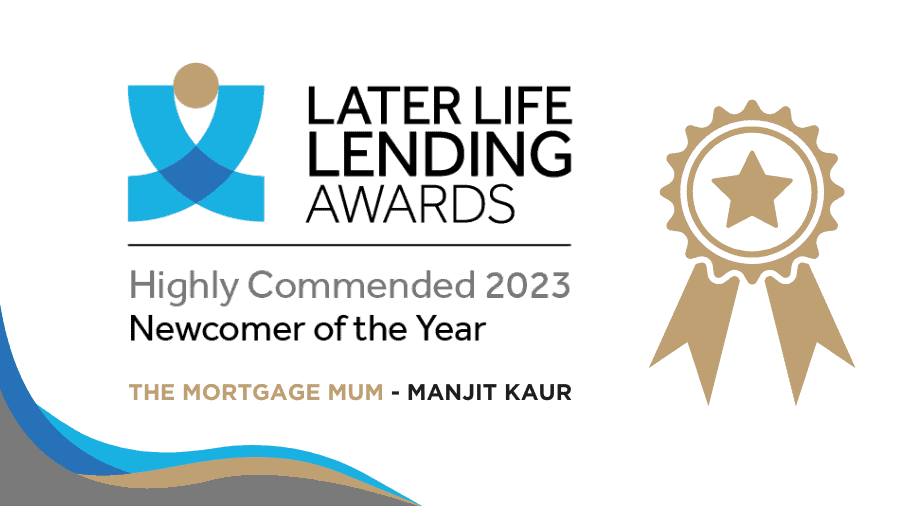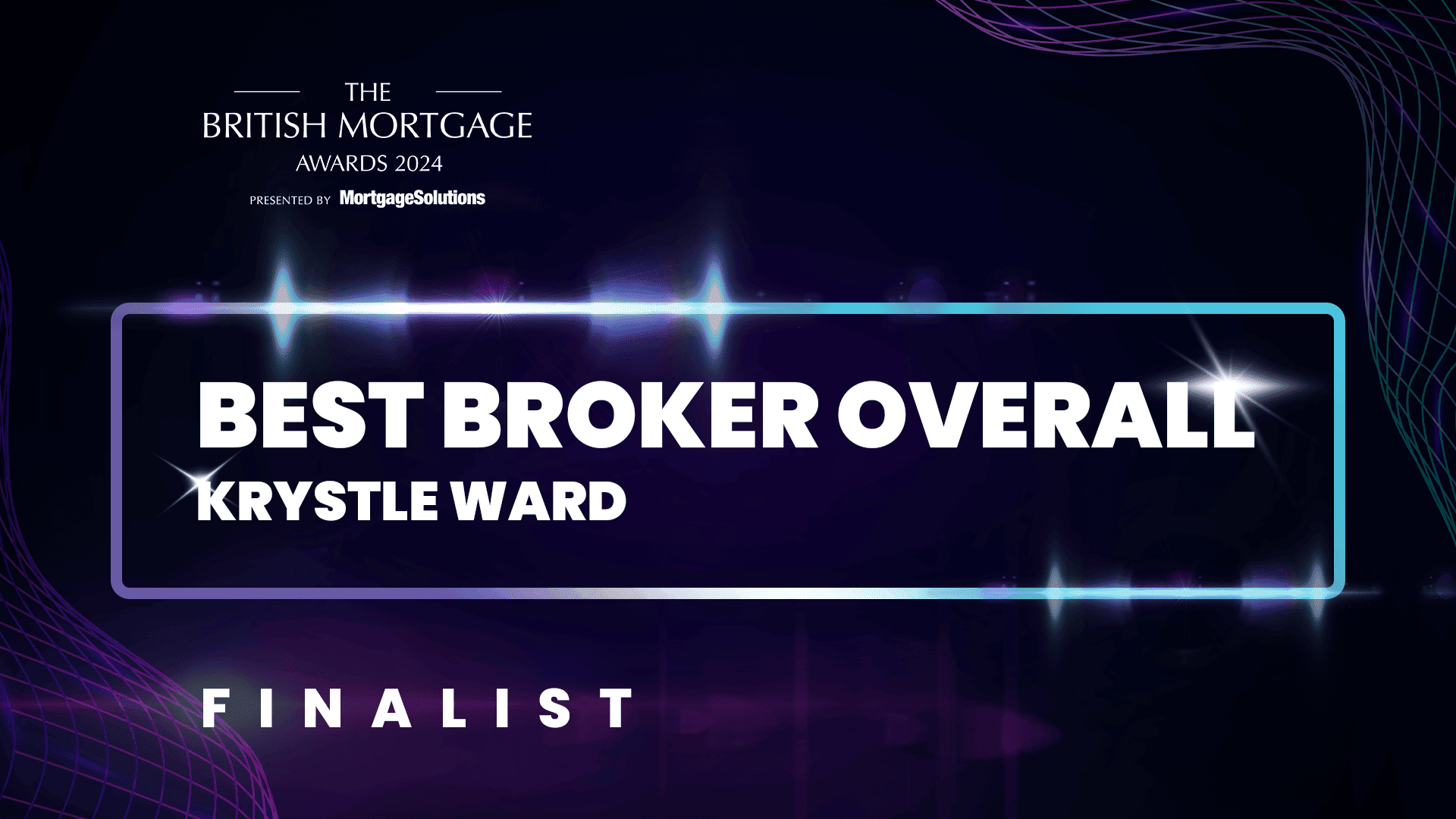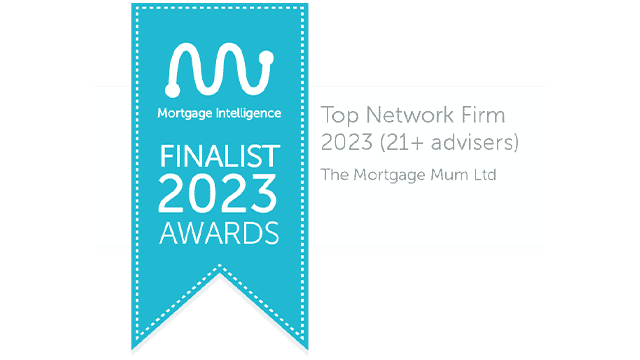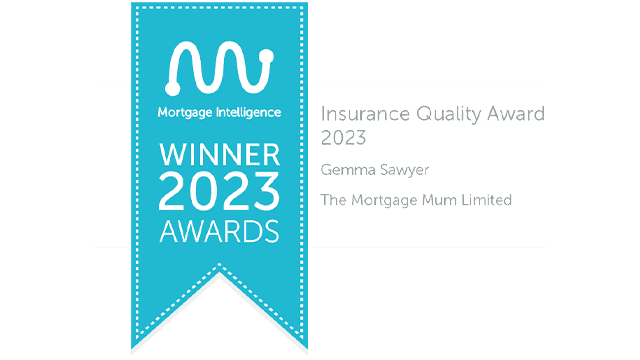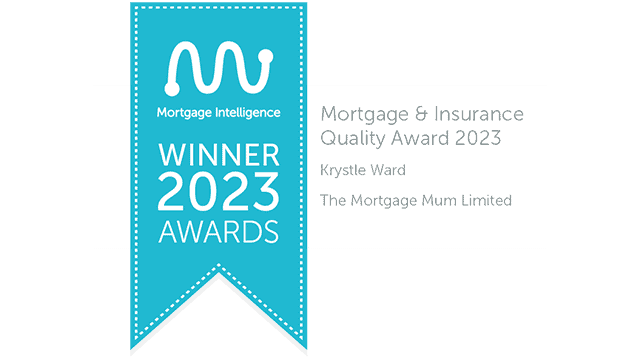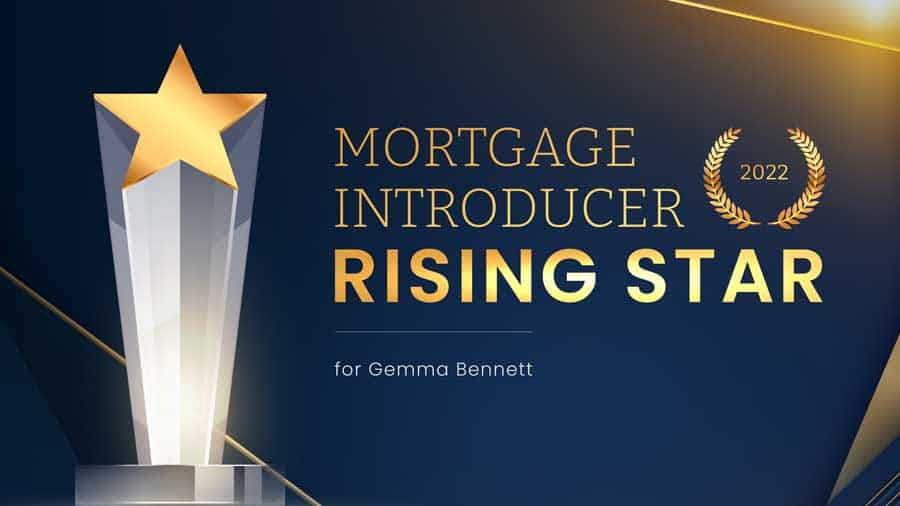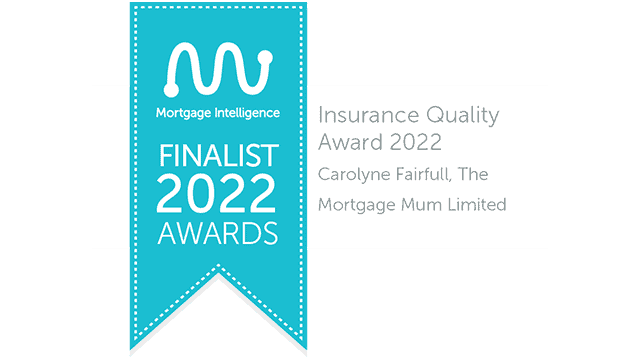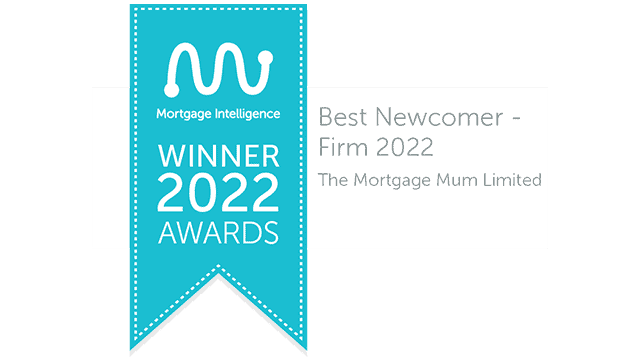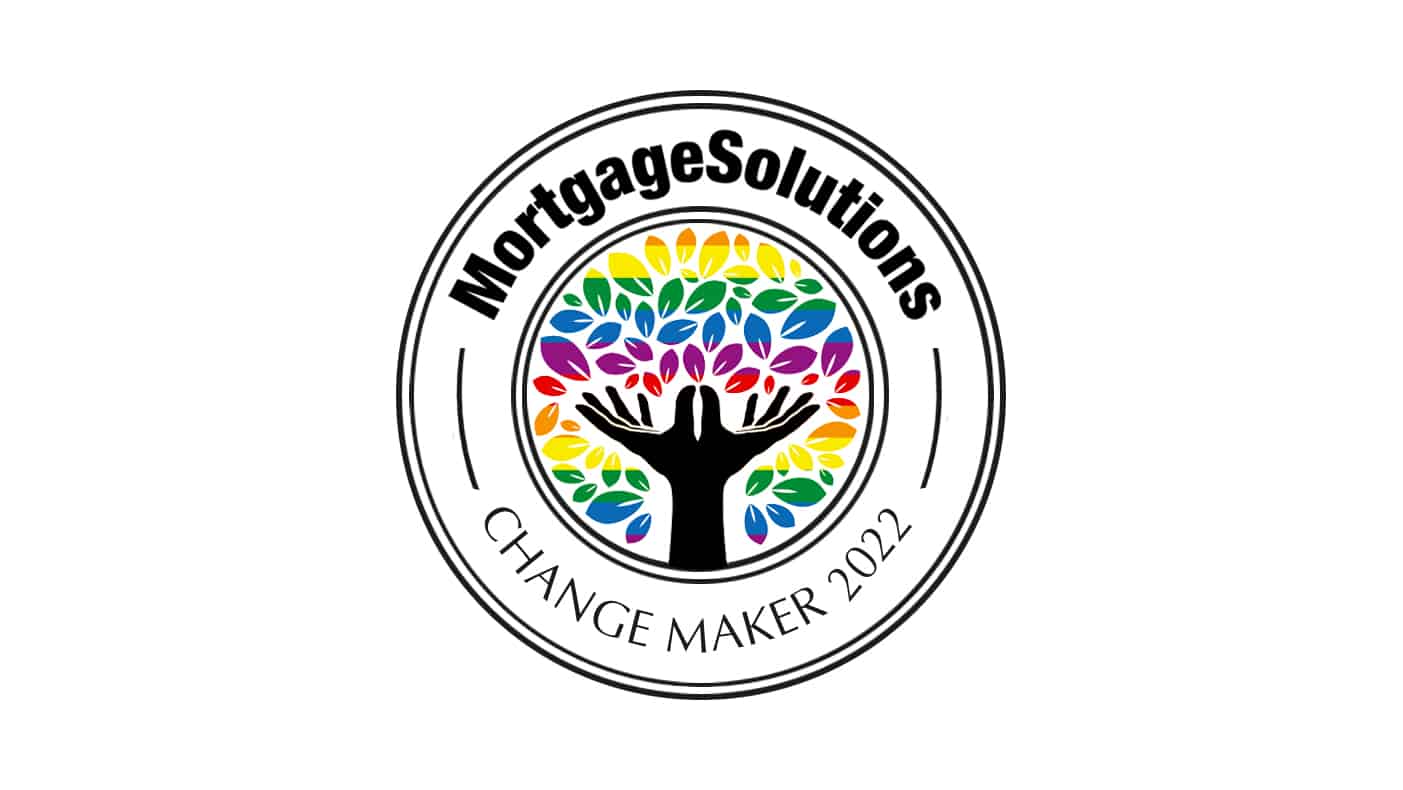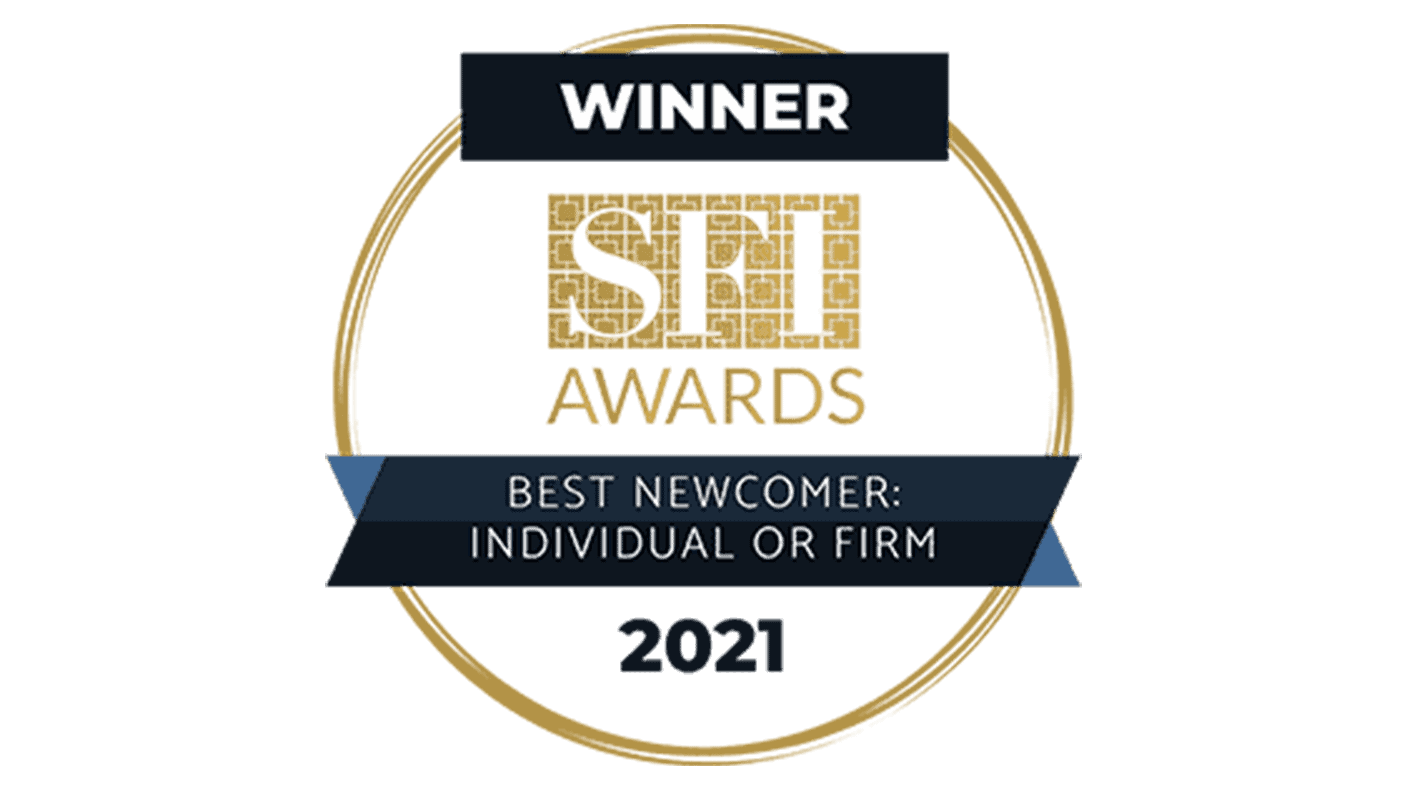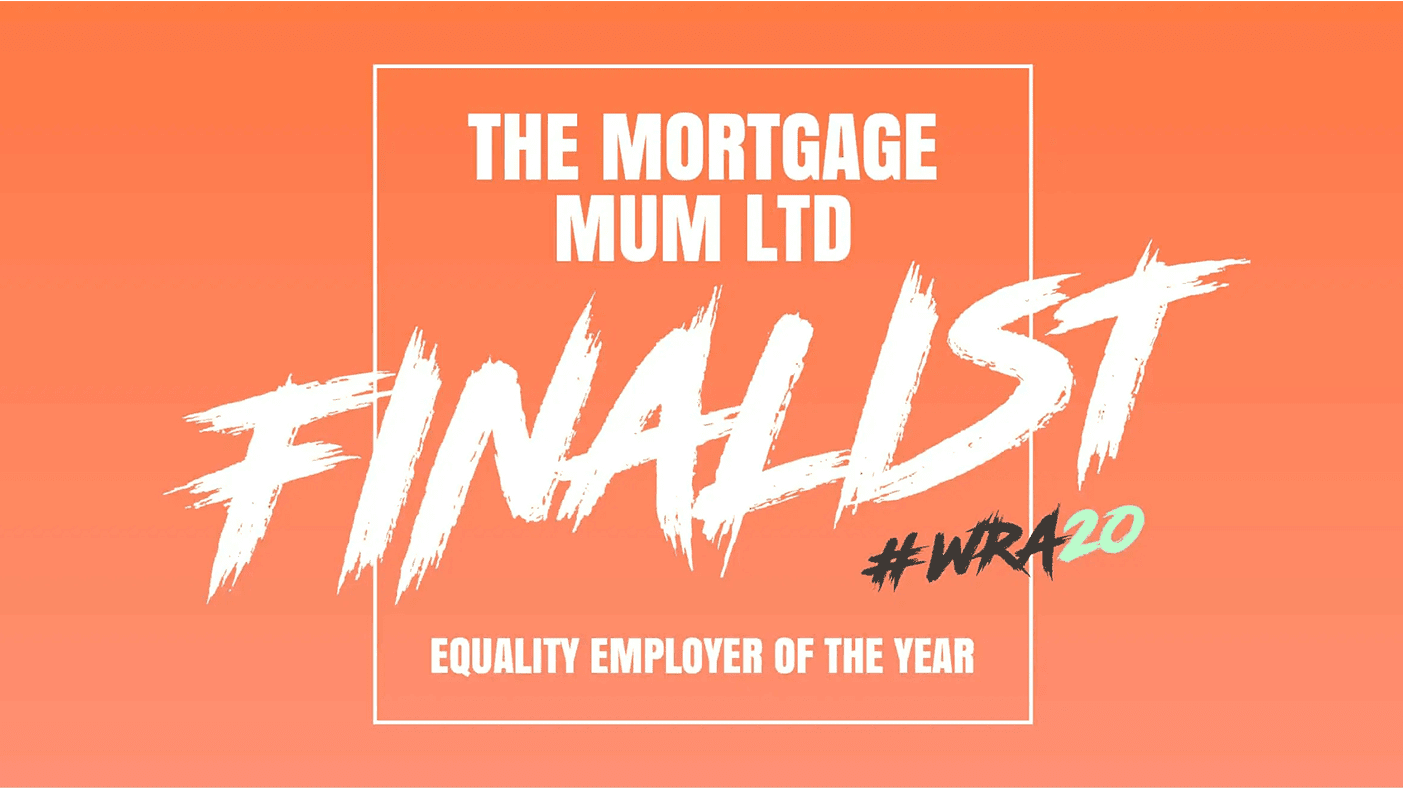PLEASE NOTE – Applications for Help to Buy were to be submitted by 31st October 2022, and is no longer available to new applicants.
Sarah, founder of The Mortgage Mum, talks us through New Build Mortgages.
It is a good time to talk about New Build Mortgages because The Mortgage Mum has recently secured a new build development with Ashby House in collaboration with estate agents, Victoria Louise.
We had the opportunity to have a look around the building and the apartments and they are beautiful. They’re in Chelmsford, right near the city centre, in a Victorian factory. There are lots of original features and are really worth a look if you’re looking at a potential new build in the Chelmsford area.
Is it harder to get a mortgage for a new build property?
In the past it was harder to get a mortgage for a new build property if you had a low deposit. The reason is that despite new build homes being constructed with highly regulated and often energy efficient materials, they can depreciate in value quickly. That means they can be difficult to resell because people prefer brand new property.
It’s a bit like cars – as soon as you drive the car off of the forecourt, the value goes down.
What it meant for those buying a new build is that you needed a bigger deposit, especially for a new build flat. We can now get people deposits normally for 5% (as of 7 June 2022) but previously you’d have to pay 15 or 25% for a new build property.
I’m pleased to say that there are lenders out there now offering 95% loan to value on flats, new build houses and bungalows. Many of the high street lenders are still sitting at 10% or 15% deposit, but some lenders are now going up to 95%. So it’s not as difficult to get a mortgage for a new build, which is good with more and more properties being built at the moment.
What’s happening with the Help to Buy Scheme?
We are fans of Help to Buy here. But it’s ending very soon and it’s been strangely quiet in the press. Even us, at the forefront of mortgage news, found out with no real announcement that it is ending on 31 March 2023. You need to have exchanged on your property by that day.
But previously we could put applications in for Help to Buy all the way up to the end of December. Now what’s happened is they’ve learnt from the stamp duty holiday – where deadlines were extended because they hadn’t left enough time for people to get their applications in.
So now your Help to Buy application has to be in by 6:00pm on 31 October 2022 and you have to exchange by 31st March 2023. That gives you five months to complete and exchange. With delays in the land registry and the conveyancing process, that’s sensible. With a new build property, it’s even more likely to be delayed because sites often run late, something unexpected can happen with materials, plumbing or project management that delays the build.
How does Help to Buy work?
Help to Buy is for First Time Buyers, and only on new build properties. It’s capped depending on where you live. To be eligible for the Help To Buy scheme, you need to be 18 years old or over and you need to have never owned a property before.
The government will give you up to 20% (or 40% if you live in London) interest free towards your deposit. You don’t have to pay a penny towards that other than a £1 fee until five years later. So if you have a 5% deposit, you can add a further 20% as your deposit and look for a mortgage for 75% of the value of the property, making a new build property much more affordable to you.
It allows people to get more for their money on a new build property. The idea is that as the property increases in value, or as you start to earn more, you can eventually pay the loan off. When you do, you’ll pay 20% of whatever the value is that day.
With this scheme the government gives you a leg up into the property market and they benefit as well from the property value increase. You can pay the loan off within that interest-free five years, and if you don’t, it goes onto an interest rate of 1.75%. That increases every year with inflation.
What is the Deposit Unlock Scheme?
The Deposit Unlock scheme is quite new to us. We’ve not done many of these applications because a lot of people lean towards Help to Buy, but as that disappears it’s going to become more popular.
As with Help to Buy, it allows you to buy a new build home with a 5% deposit. The home has to be from one of 17 house builders and mortgaged with a participating lender. The 17 builders involved are responsible for 60% of UK homes, so there should be good availability. There’s a maximum loan amount of £750,000 and it cannot be done on a Buy to Let property.
With Help to Buy, we actually apply for you. Often we see that they lend less than standard mortgage lenders, which is frustrating. But with the Deposit Unlock scheme, there are no additional affordability checks, it’s all about the property that you are purchasing.
There aren’t lots of lenders in the scheme at the moment but more are expected to join. You might not get the best available rate on the market as not every single lender will be involved.
How do I get a mortgage for a new build property?
The difference is you’re going to be dealing with an agent or directly with the developer. Often the properties are not even ready. You’re dealing with pieces of paper, with show houses and using your imagination.
But the great thing is you get to choose your plot. It’s brand new and that’s exciting, especially if you like new things, and for everything to be as lovely as possible. I would say trust your instincts and do have a walk around the plot.
If you do find ‘the one’ and you want to use the Help to Buy scheme, there’s a couple of things that we’ll need: a reservation form, a CML document and a property information form. Any agent and developer should know what that is.
Often they have a broker on site, but you can use any mortgage broker you want. We use that information to apply for the Help to Buy scheme on your behalf. Hopefully we will be issued with an Authority to Proceed, which some mortgage lenders like a copy of.
Because there’s an additional process with Help to Buy, that can delay your mortgage offer. If you’re not using Help to Buy, it works the same way as a normal mortgage. The only difference is that we’re not in control of when that plot is finished – which may affect your valuation.
With some new build properties, developers set the property price higher than the valuation suggests. I did a YouTube video on ‘down valuations’ and why they’re happening, particularly with the cost of building materials going up. Developers are having to make sure that homes are as energy efficient as possible and that’s not cheap.
We can guide you through that if that does happen to you. Otherwise, it works in much the same way. You’ll exchange and move in when the property is finished. Make sure you get a really good solicitor, somebody that will work closely with you and can keep you informed the whole time.
What are the pros of a new build property?
There are lots of good reasons to choose a new build home…
They’re new. It’s a blank canvas: fresh paint, fresh carpet, fresh kitchen, fresh bathrooms. You’re the first people to live there. There’s very little, if anything, that you need to do. You can simply unpack your belongings and enjoy your new home.
Good for First Time Buyers. A new build home is often the only way to get on the property ladder and that’s thanks to government schemes like Help to Buy and Shared Ownership. You also often get incentives from developers too. They might pay for your stamp duty or the cost of carpets, for example.
Shared facilities. In the Ashby House development, for example, you would get gym membership and a concierge.
Design options. If you’re buying off plan, you might have a say in layout and fittings.
Energy efficiency. Your bills should be better off as new homes have an A or B energy performance certificate rating.
Chain free. There’s no buyers before you, which can be a big stress when you’re buying a property.
Ten year warranty. You are covered for any structural problems or issues.
What are the cons for new build property?
Size. A lot of people say that new build homes are smaller, with smaller rooms. Usually ceilings aren’t as high and storage isn’t as generally as good.
Depreciation. As soon as you move into a new home it’s no longer brand new, so in the first year it may fall in value. If a new development is popping up across the road new buyers will be likely to opt for that. We always advise that you think longer term when buying a new build.
Private management. There may be maintenance fees or service charges you have to pay. It’s not always the case, but it’s something that you do need to be aware of.
Conveyancing. The legal work on a new build is a bit more complicated so make sure you have a good solicitor with experience in new build conveyancing. We can recommend solicitors if you’re stuck.
Snagging. Some people buying new build properties have experienced poor quality. My friend had to move into another property so that they could rebuild her home, which was incredibly frustrating. But snags often annoy people the most. Builders trying to get a project finished or who are over budget may well cut corners.
Delays. New developments don’t always run to plan and that can be inconvenient if you’re in rented property and are waiting to move.
Mortgage Offers. Mortgage offers do have an expiry date and we have to bear that in mind when we apply.
Your property may be repossessed if you do not keep up with your mortgage repayments.

























